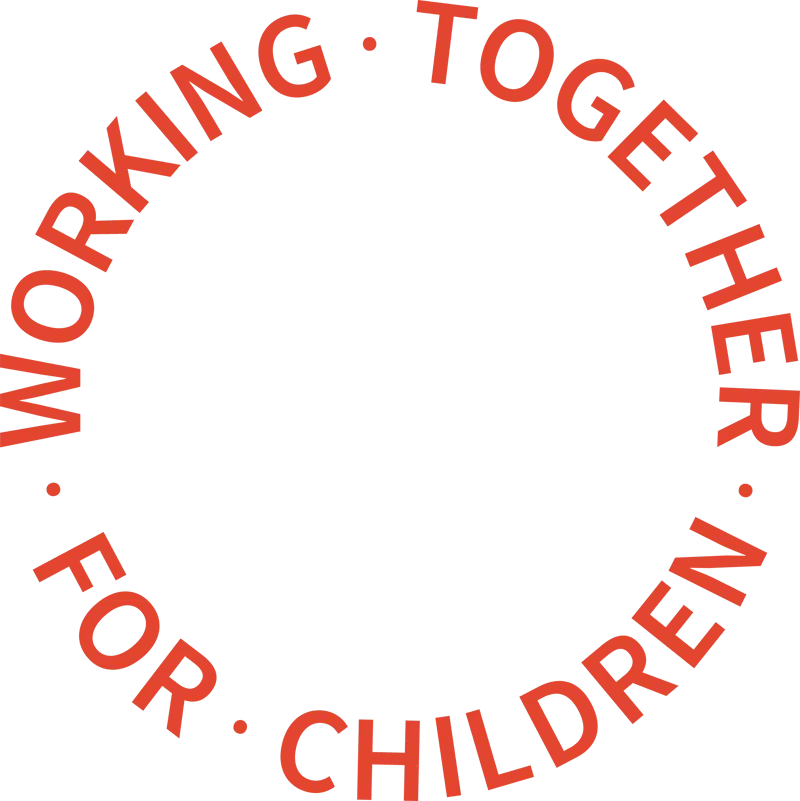Home visit programmes for new and pregnant mothers help prevent child maltreatment, evidence has shown.
The What Works for Children's Social Care Centre published a report on the cost effectiveness of home visit programmes that aimed to prevent children from entering care and reduce child maltreatment.
"There is high quality evidence that suggests that home visit programmes prevent child maltreatment," said the report.
Home visit programmes are interventions that provide support and guidance to new and pregnant mothers, where there is deemed to be risk of child maltreatment. The programmes are broad and include a range of interventions with the meetings often covering topics from childhood development, physical care of children, and the parent-child-relationship and so forth.
The intervention is a preventative programme which seeks to identify and address potential maltreatment of children.
The analysis looked at 33 pieces of research evaluating home visit programmes, and the cost effectiveness was examined using data from 18 studies which evaluated 12 different types of home visit programmes, all of which varied in terms of components, length, intensity, and target population. Effectiveness of the intervention was measured by reductions in child maltreatment.
Seven of the 18 studies targeted women who were at low to medium risk, such as adolescent mothers, people on low incomes or socially isolated or perhaps living in unstable housing. The remaining 11 studies included women deemed to be at a ‘high risk’ or ‘very high risk’ and involved situations where there was current or suspected child abuse, domestic violence, drug use or criminal convictions.
Most of the programmes were delivered by nurses, midwives or support workers but interventions that targeted high to very high-risk women were delivered social workers or psychologists.
The majority of the programmes evaluated were based in the USA, followed by
Australia, Canada and New Zealand, while just one of the 18 studies took place in the UK.
Overall, the report found, home-visiting programmes had a positive effect on reducing child maltreatment.
The home visit programmes are most cost-effective for families at medium to high risk of child abuse. The programmes that provided extra support, alongside home-visit intervention, are more effective, it added. Home visit programmes are least cost-effective for low risk families.
The programmes are most effective when the intervention is intensive and lasts over longer durations.
However, the report warned that it should be noted that the review has potential limitations. The studies reviewed used different definitions of child maltreatment, which will lead to differences in the number of cases of child abuse reported.
Home visiting programmes


